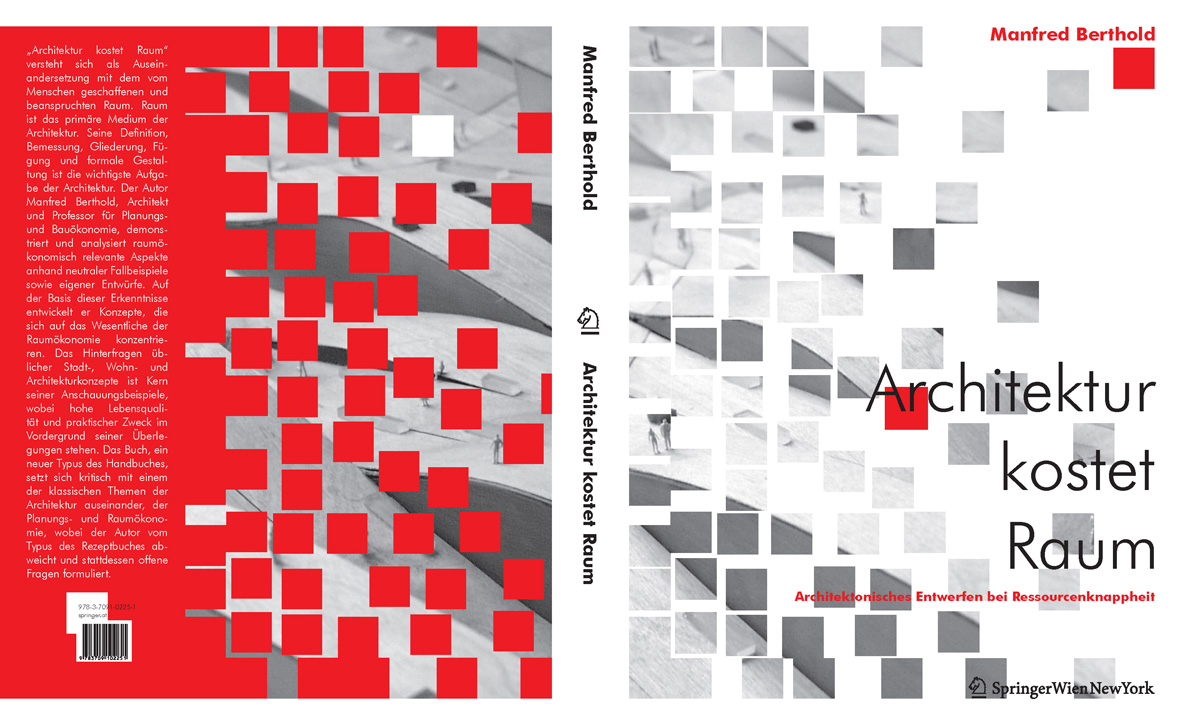Discovering new principles of space in architecture. Researching projects in architecture at their core and giving them an entity that does not easily correspond to the reality of their environments. Innovation succeeds where levels of a project, it’s object, through modelling to a detailed plan.
The concept of castling initiates the task to change the position of architectural and urban structures. With a skillful and economic planning design, indoor and outdoor spaces change their position and create an additional value for architecture.
In the exercise course every student presents his work via Beamer. Afterwards the project will be discussed in the group.The works are equally available for everybody’s access and need to be digital uploaded before each presentation or correction date. Every student can follow the process and criticism of all projects and beyond the course he can reflect all incidents on his own.
Presentation steps:
1. Concept, 2. Design, 3 Construction, 4. Detail
Evaluation criteria:
Design idea; concept; variability; perceptibility of the room; respond to urban, topographic and climatic conditions; innovative approaches; logical and economical use of materials; perspicuous building system.
Titel ::: Architektur kostet Raum | Architektonisches Entwerfen bei Ressourcenknappheit
Autor ::: Manfred Berthold
Gebundene Ausgabe: 380 Seiten, 462 Abb. in Farbe. Verlag: Springer, Wien; Auflage: 1st Edition. (September 2010) Sprache: Deutsch, Ladenpreis: € 58,32, ISBN-10: 3709102251, ISBN-13: 978-3709102251, Größe und/oder Gewicht: 30,6 x 23,8 x 3,5 cm

Architektur kostet Raum
versteht sich als Auseinandersetzung mit dem vom Menschen geschaffenen und beanspruchten Raum. Raum ist das primäre Medium der Architektur. Seine Definition, Bemessung, Gliederung, Fügung und formale Gestaltung ist die wichtigste Aufgabe der Architektur. Der Autor Manfred Berthold, Architekt und Professor für Planungs- und Bauökonomie, demonstriert und analysiert raumökonomisch relevante Aspekte anhand neutraler Fallbeispiele sowie eigener Entwürfe. Auf der Basis dieser Erkenntnisse entwickelt er Konzepte, die sich auf das Wesentliche der Raumökonomie konzentrieren. Das Hinterfragen üblicher Stadt-, Wohn- und Architekturkonzepte ist Kern seiner Anschauungsbeispiele, wobei hohe Lebensqualität und praktischer Zweck im Vordergrund seiner Überlegungen stehen. Das Buch, ein neuer Typus des Handbuches, setzt sich kritisch mit einem der klassischen Themen der Architektur auseinander, der Planungs- und Raumökonomie, wobei der Autor vom Typus des Rezeptbuches abweicht und stattdessen offene Fragen formuliert.